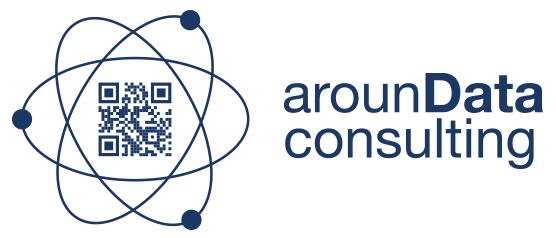“one of every 20 Google searches today is for health information, That’s grown 15 percent a year since 2011” representing roughly 700mios requests/day”
McKinsey-Google-Wharton
“Pharma 3D: Rewriting the script for marketing in the digital age.”
May 2016
New regulations are requiring manufacturers from the health sector (pharma industries, medical devices producers, cosmetics and personal care industry) to publish complete and detailed product information and data.
- In the pharmaceutical sector, the ISO IDMP standards (there a 5 ISO standards), developed under the supervision of the EMA (European Medicine Agency) should allow a complete and unique description and identification of the medicine through all its lifecycle.
- Manufacturers of medical devices must publish, to comply with the UDI regulation, their product data, static and from production, on the FDA site; and soon, for Europe, on the EUDAMED database. For instance, they will have to manage an additional classification (GMDN) which has been adopted by many countries.
- The EU1223/09 bill requires from manufacturers and distributors of personal care products, to centrally manage, a certain number of product data (EU Responsible, Product Information File…) for a better product traceability
To these vertical constraints, public and private organizations acting in the health sector are requesting from their trading partners to receive product information in the GS1 format and in a dematerialized way, in order to reduce the costs: NHS in UK, AMGROS in Denmark…
The product information could be published to the partners and data stakeholders through different ways amongst them the GDSNetwork of GS1. For sure, additional countries will come with similar request.
On top of that, customers (distributors, hospitals…) and patients are requesting additional information
Usually, to face this huge increase of data, regulations and standards, companies start developing Excel files or chose IT solution that not compliant with market regulations. They will stack layers of software and build unconnected data silos for each business department: Clinical trials, Supply Chain, Marketing and Sales etc…
To optimize IT investments, enterprises should set up a Data Governance organization with a clear definition of responsibilities and stewardship. This will strongly support them to respond in an easy and facilitated manner to all those needs, ensure a 360° view of the product, optimize their IT investments and anticipate future requests while still protecting their data and ensuring patient safety. Any chosen solution should guarantee to companies:
- The quality of their data : at any time and wherever the data is consumed
- A shared understanding and comprehension of attributes and market requests and regulations
- The coherence of the product information available on different channels
- The product information availability to all data stakeholders and consumers
- To be flexible in order to react rapidly to their evolving environments.
